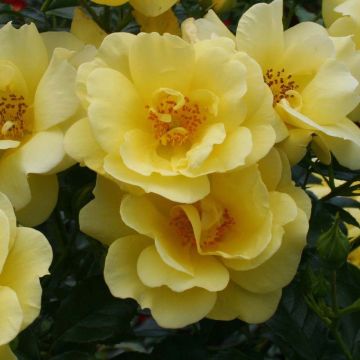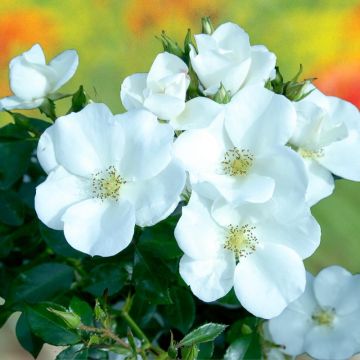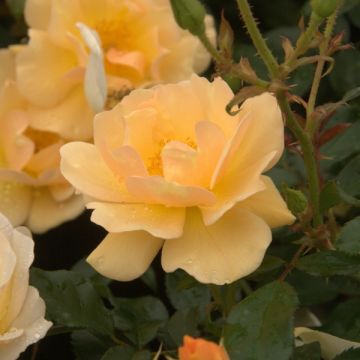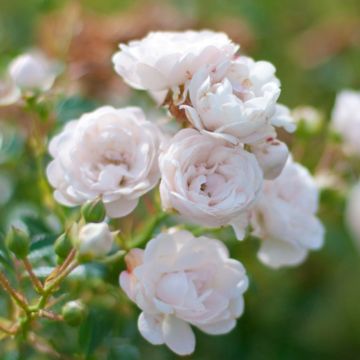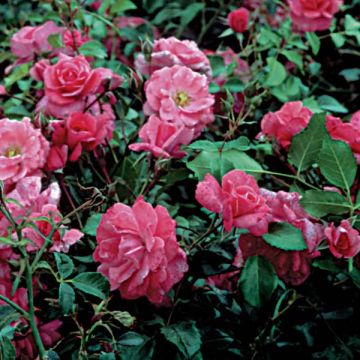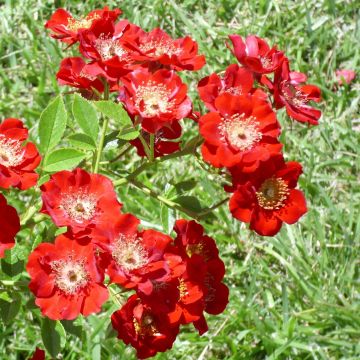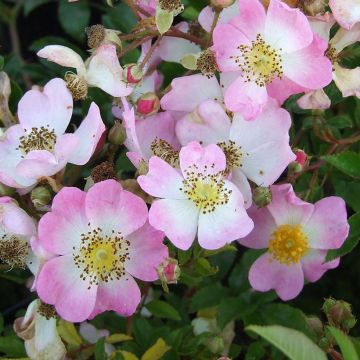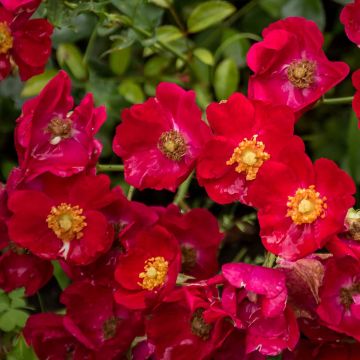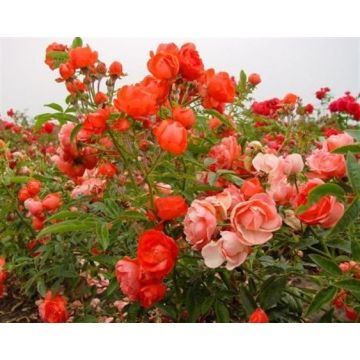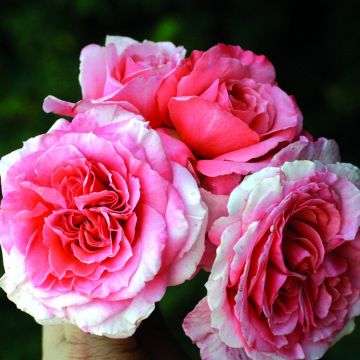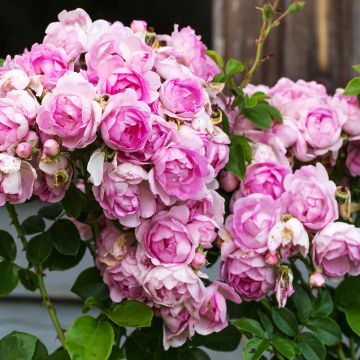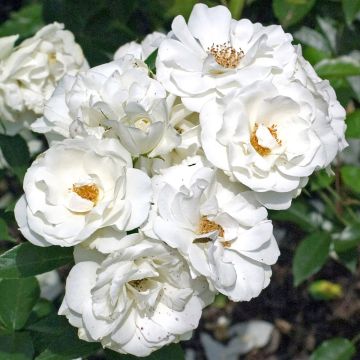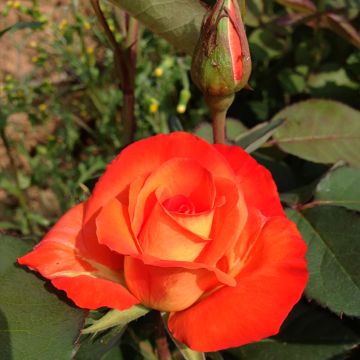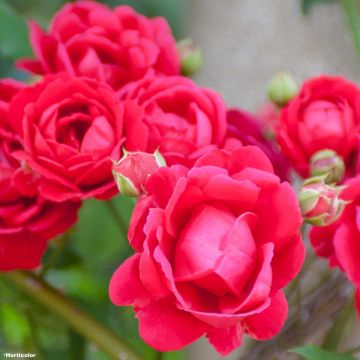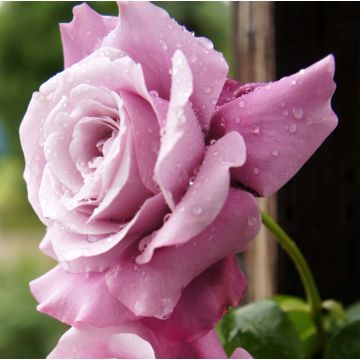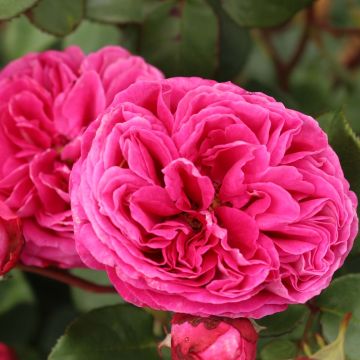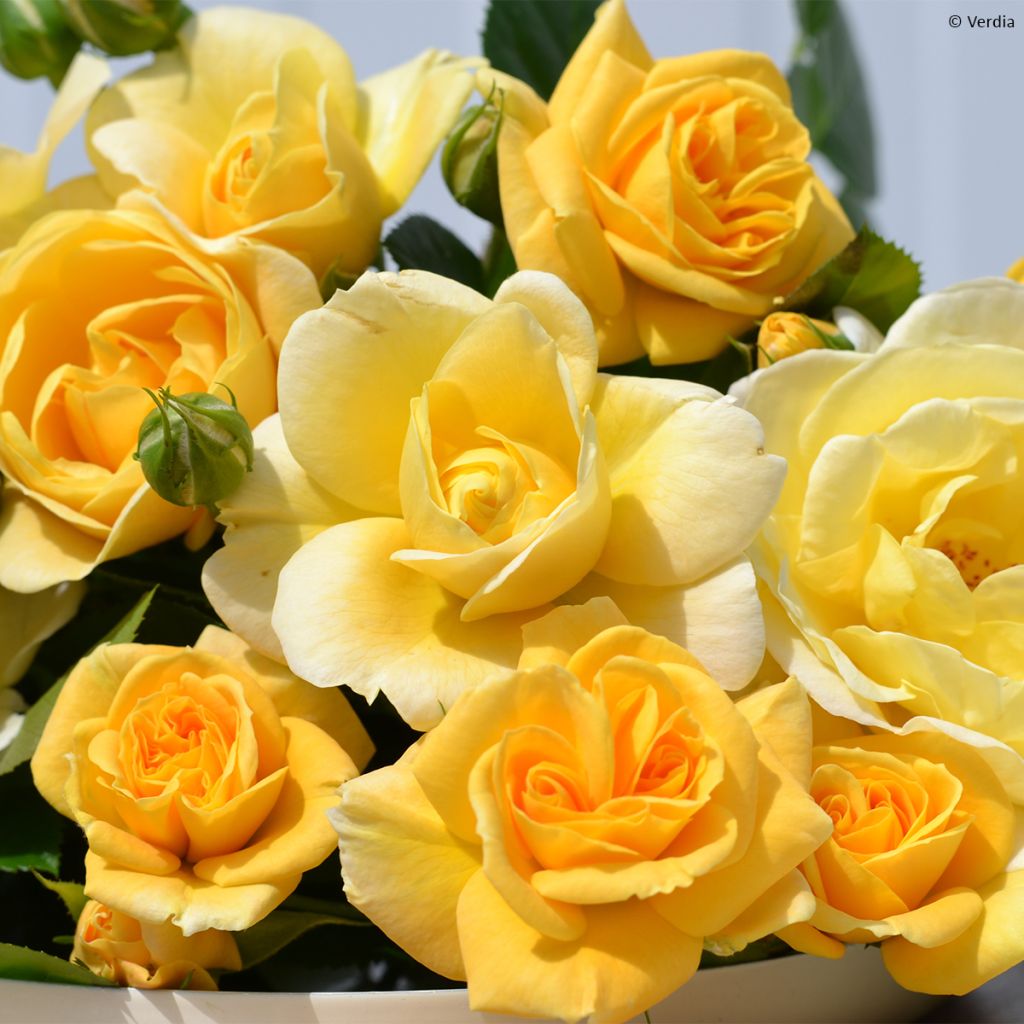

Rosier Decorosier® Soleya® (Noa71610)
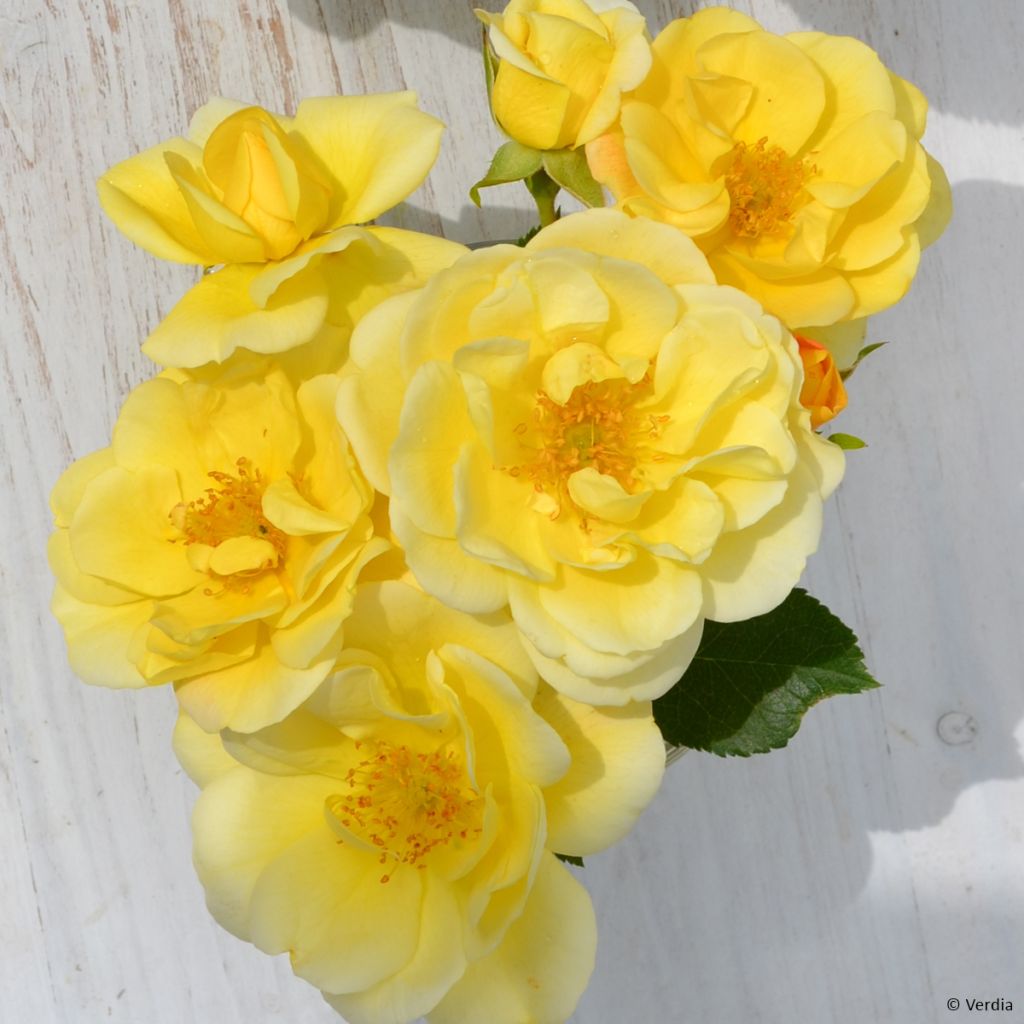

Rosier Decorosier® Soleya® (Noa71610)
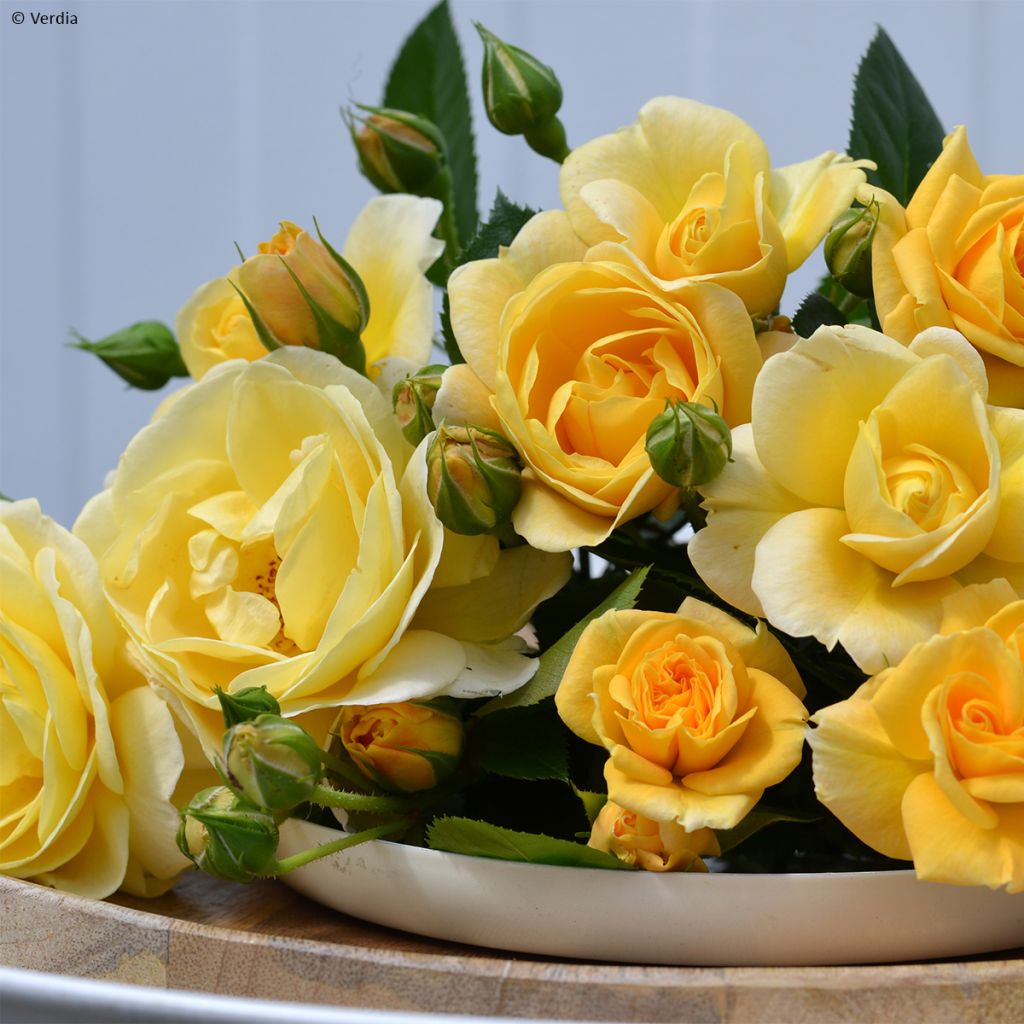

Rosier Decorosier® Soleya® (Noa71610)
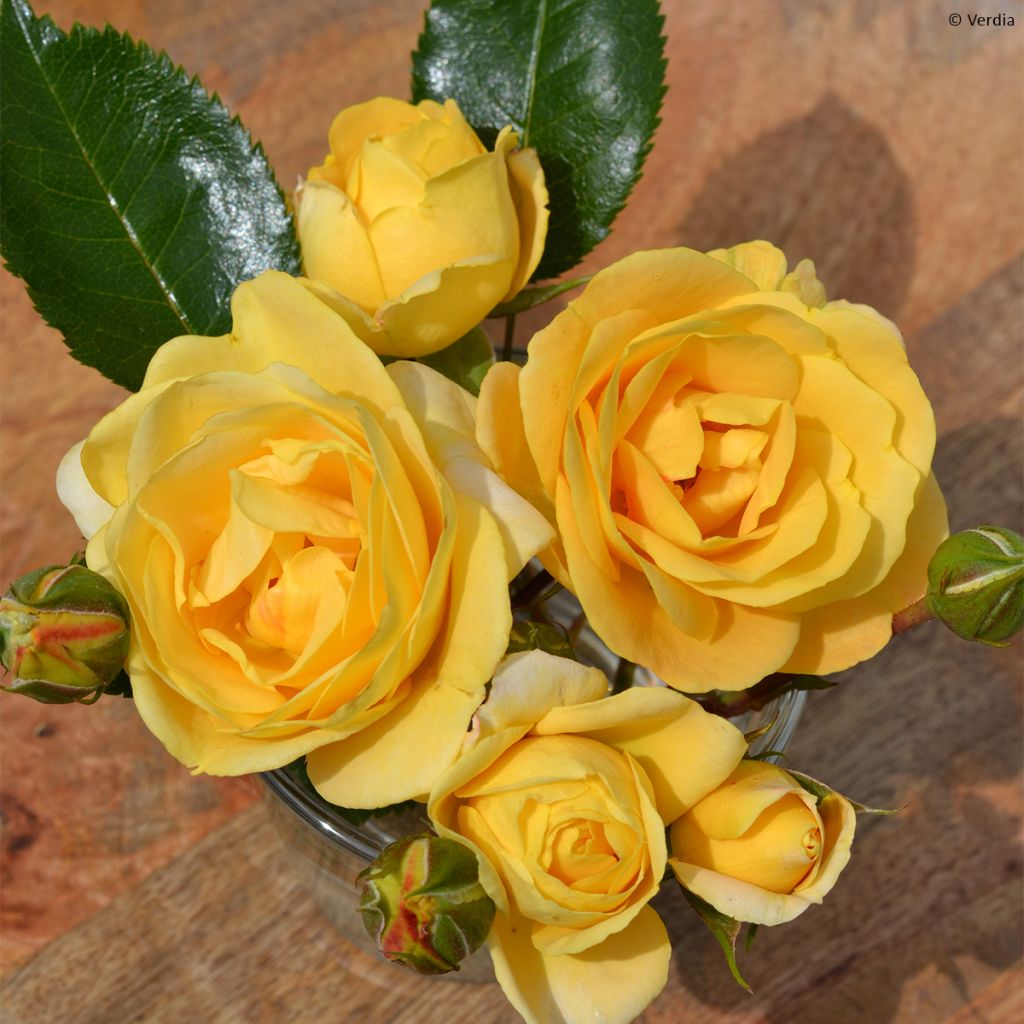

Rosier Decorosier® Soleya® (Noa71610)
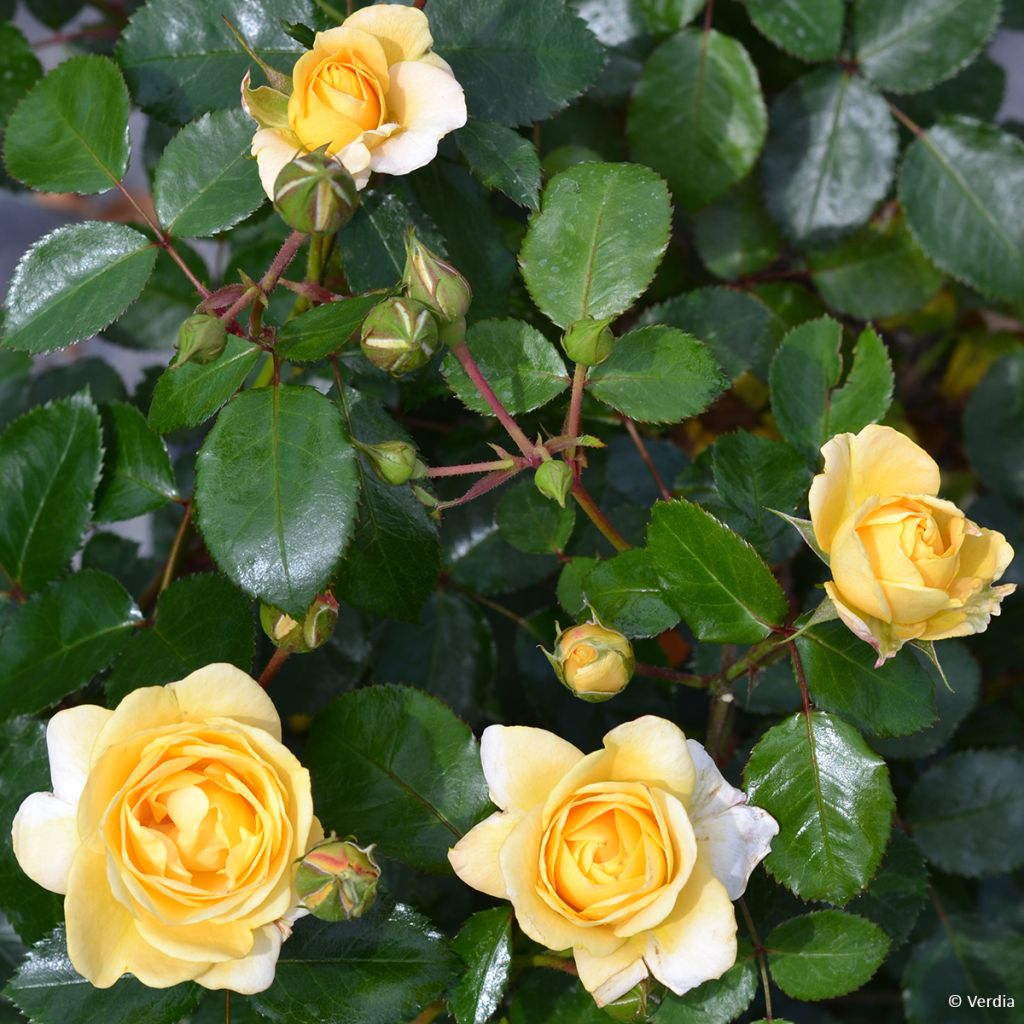

Rosier Decorosier® Soleya® (Noa71610)
Rosa Soleya - Shrub Rose
Rosa Decorosier® Soleya® (Noa71610)
Shrub rose
This item cannot be shipped to the selected country
Delivery charge from €5.90
Delivery charge from €5.90
Delivery to Corse prohibited
More information
Schedule delivery date,
and select date in basket
This plant carries a 24 months recovery warranty
More information
We guarantee the quality of our plants for a full growing cycle, and will replace at our expense any plant that fails to recover under normal climatic and planting conditions.
From €5.90 for pickup delivery and €6.90 for home delivery
Express home delivery from €8.90.
From €5.90 for pickup delivery and €6.90 for home delivery
Express home delivery from €8.90.
Delivery to Corse prohibited: UE law prohibits the import of this plant from mainland France to Corse as part of the fight against Xylella fastidiosa. Please accept our sincere apologies.
More information
Does this plant fit my garden?
Set up your Plantfit profile →
Description
The Decorosier Soleya Rose is the new 'yellow' in the large Decorosier family, flowering in shades of yellow, ranging from amber to straw. This small bush, classified in the category of shrub roses, is naturally resistant to diseases and exceptionally floriferous from late spring to the first frost. With its dense vegetation, it provides an exceptional, almost permanent, decoration while requiring very little maintenance. Easy and generous, it is well suited for informal mass plantings alongside simple perennials or shrubs with colourful foliage.
'Soleya' was recently obtained by the German rose breeder Reinhard Noack. This cultivar is intended to replace the varieties Suneva and Celina. It is classified as a modern shrub rose. Its clustered flowers come from the polyantha rose, an old hybrid derived from Rosa multiflora and Rosa chinensis. The plant forms a very dense bush about 70 cm (28in) tall and 80 cm (32in) wide, depending on growing conditions. It is floriferous and produces an abundance of semi-double to double flowers, 4-5 cm (2in) in diameter, in shades of yellow, around a dark yellow stamen centre, when in full bloom. Its semi-evergreen, very healthy foliage, is composed of small shiny green leaves that cover thorny stems. This variety tolerates heat well and thrives in any well-prepared soil.
The Soleya rose is used in mass plantings, flower beds, large spaces, slopes or low hedges. It thrives in all soils that are not too damp and all climates, allowing it to be grown everywhere. It has a bushy growth habit that works well in low shrub beds, alongside other Decorosiers such as New Vesuvia, Opalia, Isalia, and Emera. Planted en masse, it can border pathways and highlight flower beds. For example, it can be grown with perennial geraniums (Geranium Blue Cloud, Anne Folkard, Nimbus, Orion), bellflowers (lactiflora, rapunculoides), catmints, lavenders, snapdragons, foxgloves, or Stachys. Left to grow freely, it will form a neat but natural-looking bush, perfect for bringing a ray of sunshine to the terrace.
Report an error about the product description
Plant habit
Flowering
Foliage
Botanical data
Rosa
Decorosier® Soleya® (Noa71610)
Rosaceae
Shrub rose
Cultivar or hybrid
Other Ground Cover and Dwarf Roses
Planting and care
Decorosier roses prefer a sunny location (at least 4 to 5 hours of sunlight per day) but sheltered from strong winds. 'Soleya' however tolerates heat very well and adapts to most soils. All roses like loose, permeable and humus-rich soils. They prefer slightly acidic soil but will thrive in any garden as long as the soil is well-worked and sufficiently rich. To plant your rose work the well soil to a depth of 25 cm (10in) and place a base fertiliser such as bonemeal at the bottom of the planting hole. Remove your rose from its pot and position it, covering the top of the root ball with 3 cm (1in) of soil, fill in and water generously to eliminate air pockets. In dry weather, regular watering is necessary for a few weeks to aid root development. Provide your rose with special rose fertiliser that stimulates flowering.
Pruning: it is not essential, but you can clean up old wood and shorten some branches to 2/3 of their growth at the end of winter.
Planting period
Intended location
Care
-
, onOrder confirmed
Reply from on Promesse de fleurs
Roses by purpose
Haven't found what you were looking for?
Hardiness is the lowest winter temperature a plant can endure without suffering serious damage or even dying. However, hardiness is affected by location (a sheltered area, such as a patio), protection (winter cover) and soil type (hardiness is improved by well-drained soil).

Photo Sharing Terms & Conditions
In order to encourage gardeners to interact and share their experiences, Promesse de fleurs offers various media enabling content to be uploaded onto its Site - in particular via the ‘Photo sharing’ module.
The User agrees to refrain from:
- Posting any content that is illegal, prejudicial, insulting, racist, inciteful to hatred, revisionist, contrary to public decency, that infringes on privacy or on the privacy rights of third parties, in particular the publicity rights of persons and goods, intellectual property rights, or the right to privacy.
- Submitting content on behalf of a third party;
- Impersonate the identity of a third party and/or publish any personal information about a third party;
In general, the User undertakes to refrain from any unethical behaviour.
All Content (in particular text, comments, files, images, photos, videos, creative works, etc.), which may be subject to property or intellectual property rights, image or other private rights, shall remain the property of the User, subject to the limited rights granted by the terms of the licence granted by Promesse de fleurs as stated below. Users are at liberty to publish or not to publish such Content on the Site, notably via the ‘Photo Sharing’ facility, and accept that this Content shall be made public and freely accessible, notably on the Internet.
Users further acknowledge, undertake to have ,and guarantee that they hold all necessary rights and permissions to publish such material on the Site, in particular with regard to the legislation in force pertaining to any privacy, property, intellectual property, image, or contractual rights, or rights of any other nature. By publishing such Content on the Site, Users acknowledge accepting full liability as publishers of the Content within the meaning of the law, and grant Promesse de fleurs, free of charge, an inclusive, worldwide licence for the said Content for the entire duration of its publication, including all reproduction, representation, up/downloading, displaying, performing, transmission, and storage rights.
Users also grant permission for their name to be linked to the Content and accept that this link may not always be made available.
By engaging in posting material, Users consent to their Content becoming automatically accessible on the Internet, in particular on other sites and/or blogs and/or web pages of the Promesse de fleurs site, including in particular social pages and the Promesse de fleurs catalogue.
Users may secure the removal of entrusted content free of charge by issuing a simple request via our contact form.
The flowering period indicated on our website applies to countries and regions located in USDA zone 8 (France, the United Kingdom, Ireland, the Netherlands, etc.)
It will vary according to where you live:
- In zones 9 to 10 (Italy, Spain, Greece, etc.), flowering will occur about 2 to 4 weeks earlier.
- In zones 6 to 7 (Germany, Poland, Slovenia, and lower mountainous regions), flowering will be delayed by 2 to 3 weeks.
- In zone 5 (Central Europe, Scandinavia), blooming will be delayed by 3 to 5 weeks.
In temperate climates, pruning of spring-flowering shrubs (forsythia, spireas, etc.) should be done just after flowering.
Pruning of summer-flowering shrubs (Indian Lilac, Perovskia, etc.) can be done in winter or spring.
In cold regions as well as with frost-sensitive plants, avoid pruning too early when severe frosts may still occur.
The planting period indicated on our website applies to countries and regions located in USDA zone 8 (France, United Kingdom, Ireland, Netherlands).
It will vary according to where you live:
- In Mediterranean zones (Marseille, Madrid, Milan, etc.), autumn and winter are the best planting periods.
- In continental zones (Strasbourg, Munich, Vienna, etc.), delay planting by 2 to 3 weeks in spring and bring it forward by 2 to 4 weeks in autumn.
- In mountainous regions (the Alps, Pyrenees, Carpathians, etc.), it is best to plant in late spring (May-June) or late summer (August-September).
The harvesting period indicated on our website applies to countries and regions in USDA zone 8 (France, England, Ireland, the Netherlands).
In colder areas (Scandinavia, Poland, Austria...) fruit and vegetable harvests are likely to be delayed by 3-4 weeks.
In warmer areas (Italy, Spain, Greece, etc.), harvesting will probably take place earlier, depending on weather conditions.
The sowing periods indicated on our website apply to countries and regions within USDA Zone 8 (France, UK, Ireland, Netherlands).
In colder areas (Scandinavia, Poland, Austria...), delay any outdoor sowing by 3-4 weeks, or sow under glass.
In warmer climes (Italy, Spain, Greece, etc.), bring outdoor sowing forward by a few weeks.

































